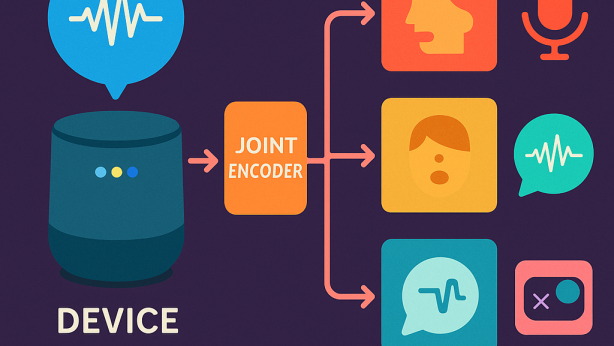HANDHELD ELECTRONIC DEVICE
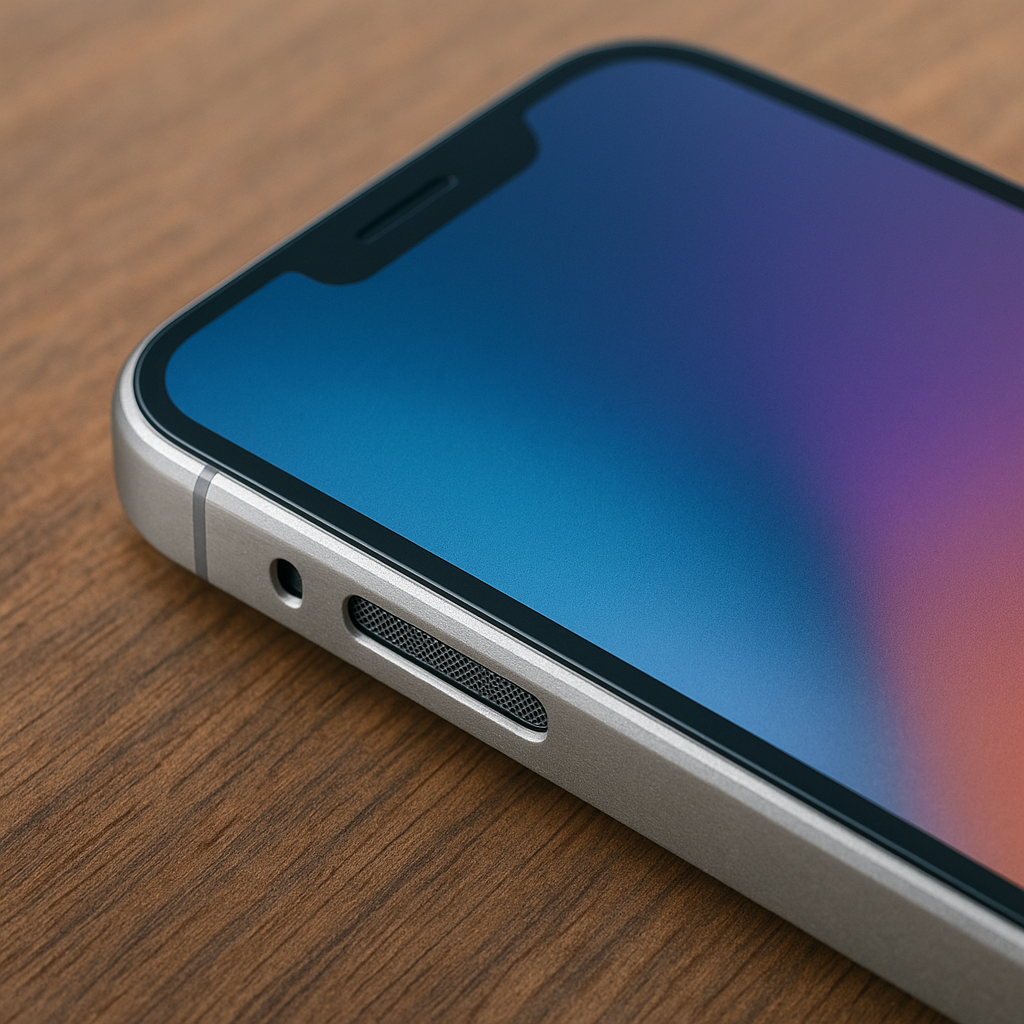
Invented by Stobbe; Ethan R., Bauer; Cameron, Pliska; Samuel J., Dade; Macey E., Ozgen; Baris, Hooton; Lee E., Bustle; Benjamin S., Gillier; Jason M., Hristov; Stoyan P., Sinclair; Anthony B., Merz; Nicholas, Jarvis; Daniel, Spraggs; Ian A., Hoertz; Mitchell T., Quinones; Michael D., Pakula; David A., Collins-Smoot; Brandon R., McGuire; Matthew R., Koch; Richard H., Helmore; Simon C., Rose; Gareth L., Rammah; Marwan, Scott; Zachary S., Lee; Jonathan M., Wah; Melissa A., Barton; Jacob, Burke; Laura M., Harris; Jesse P., Deshpande; Samruddhi A., Pease; Ekaterina, Dunsmoor; David J., Al-Baghly; Nawaf
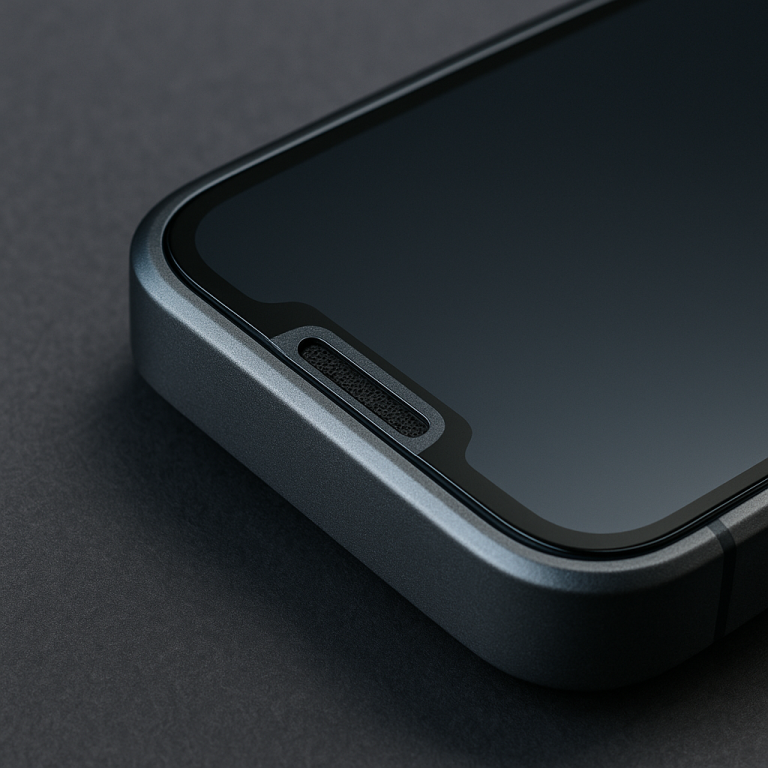
Mobile phones are everywhere. We use them to talk, text, take pictures, and so much more. But have you ever wondered what goes into making them work so well? Today, we’ll look at a recent patent application for a handheld electronic device. We’ll help you understand what’s new, what problems it solves, and why it matters for the future of phones.
Background and Market Context
Phones have changed a lot over the years. Not long ago, a phone was just for calling and maybe texting. Now, your phone is a camera, a computer, a music player, and even a wallet. All of this new tech has to fit into something small enough to put in your pocket. That’s hard!
People want their phones to be light but strong. They want a big screen, good sound, and lots of features. At the same time, they want their phones to last longer, look nice, and feel good in their hand. Makers of phones have to keep finding new ways to pack more into less space without making the phone break easily.
This creates big challenges. How do you fit a camera, a speaker, a microphone, and all the sensors you need into a phone that is thinner and lighter each year? How do you keep everything safe from water and dust? And, how do you make sure the phone still sounds good when you make a call or listen to music?
This patent is about making a phone that is not just smart, but also strong, slim, and packed with features. It focuses on how to put speakers, microphones, cameras, and sensors inside the phone while keeping it small and easy to use. It also shows how to keep the sound clear and stop water and dirt from getting inside.

Why does this matter? Because every year, phone companies fight to make the best device. If they can make a phone that is stronger, sounds better, and is easier to use, more people will want to buy it. That’s what this patent is trying to help with.
Scientific Rationale and Prior Art
Before this new idea, phones already had some ways to put speakers and microphones inside. Usually, there is a small hole at the top for the speaker you listen to when you make a call, and a hole at the bottom for the microphone you talk into. But these holes can let water and dust inside. That can break the phone. Also, as screens get bigger and go closer to the edge, there is less space for these holes and speakers.
Older phones often used metal frames and plastic pieces to hold everything together. Sometimes, the speaker was put under the screen, with a tiny path for sound to travel to your ear. This worked, but sometimes the sound was not clear or loud enough. Water could still get in, and the phone could break if dropped.
Another problem was with the camera and sensors in the front of the phone. Most phones use a “notch” or a small hole in the screen for these parts. But making holes in the screen can make it weaker. It can also make the phone look less nice. Some phones tried to put the camera under the screen, but then the pictures were not as clear.
In the past, some phones used mesh covers or little pieces of plastic to block water and dust from getting inside the speaker or microphone holes. This helped, but sometimes made the sound worse. It was also hard to make these covers strong and thin enough for slim phones.
So, before this patent, engineers had to make hard choices. If they wanted the phone to be strong, they had to use thicker or heavier materials. If they wanted better sound, they had to make bigger holes, which could let in more water and dust. If they wanted to add more cameras and sensors, they had to make the phone bigger or add more notches and holes.
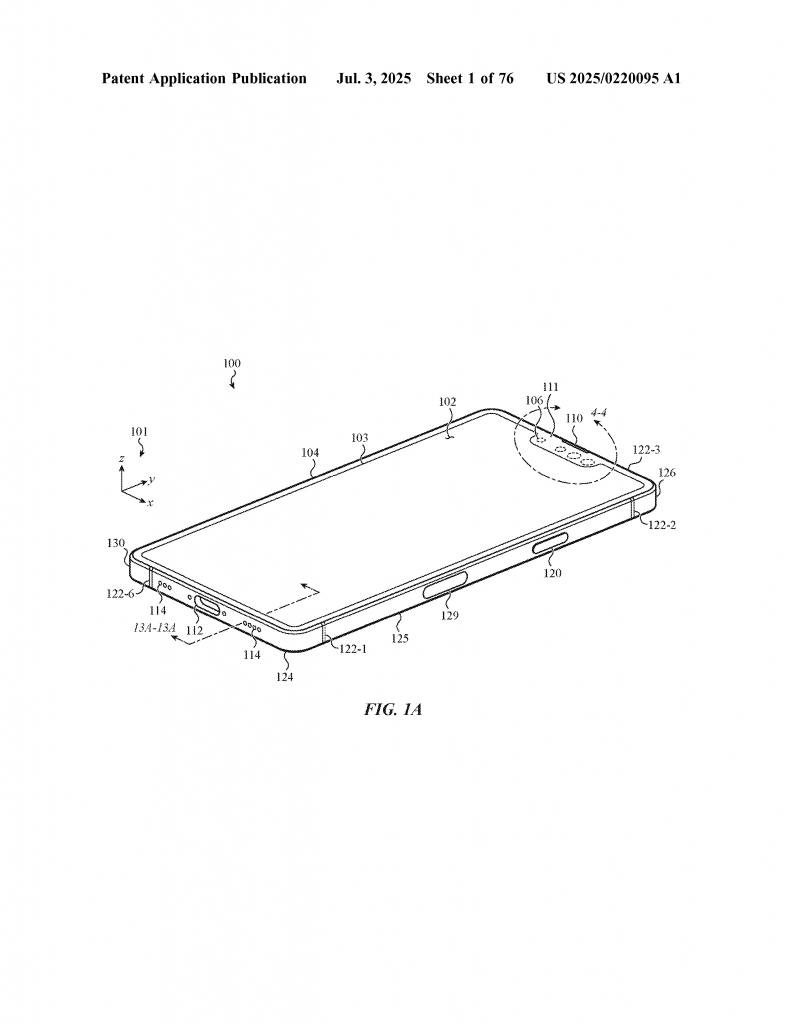
This patent tries to solve these problems. It brings together new ways to build the frame of the phone, new ways to cover speaker and microphone holes, and new ways to put sensors and cameras in the front without making the phone weaker or bulkier.
Invention Description and Key Innovations
This patent introduces a new design for portable electronic devices like phones. The main ideas are about how the phone’s body, screen, speaker, microphone, cameras, and sensors all fit together. Here’s what’s different and special about this new design.
Smart Housing Structure: The phone has a body made up of several parts. There is a front cover (usually glass), a back cover, and side walls. These parts are joined together using strong molded pieces, often made from special plastics. These molded parts help hold everything tight and also help keep out water and dust. The joins are designed to be as smooth as possible so the phone feels nice in your hand and looks good.
Acoustic Port and Speaker Placement: The speaker that you listen to when making a call is not placed right at the top anymore. Instead, it sits below the active part of the screen. The sound travels along a special path, called an acoustic path, through the inside of the phone and comes out through a carefully shaped hole or notch near the top edge.
What’s clever is that this notch—together with the wall of the housing—makes an acoustic port that can send sound to your ear without needing a big hole. Over this port is a cover, sometimes made from a single piece with lots of tiny laser-made holes. This lets sound out but keeps water and dust from getting in. There’s usually a mesh or separator inside, so sound to the microphone and sound from the speaker don’t get mixed up.
Microphone and Acoustic Separation: The microphone is often placed near the bottom of the phone, but in this design, it can also pick up sound through the same port as the speaker. A special separator inside the port cover keeps the input path (for your voice) and output path (for the speaker sound) apart. This means you can talk and listen in the same spot, but the sounds won’t interfere with each other.
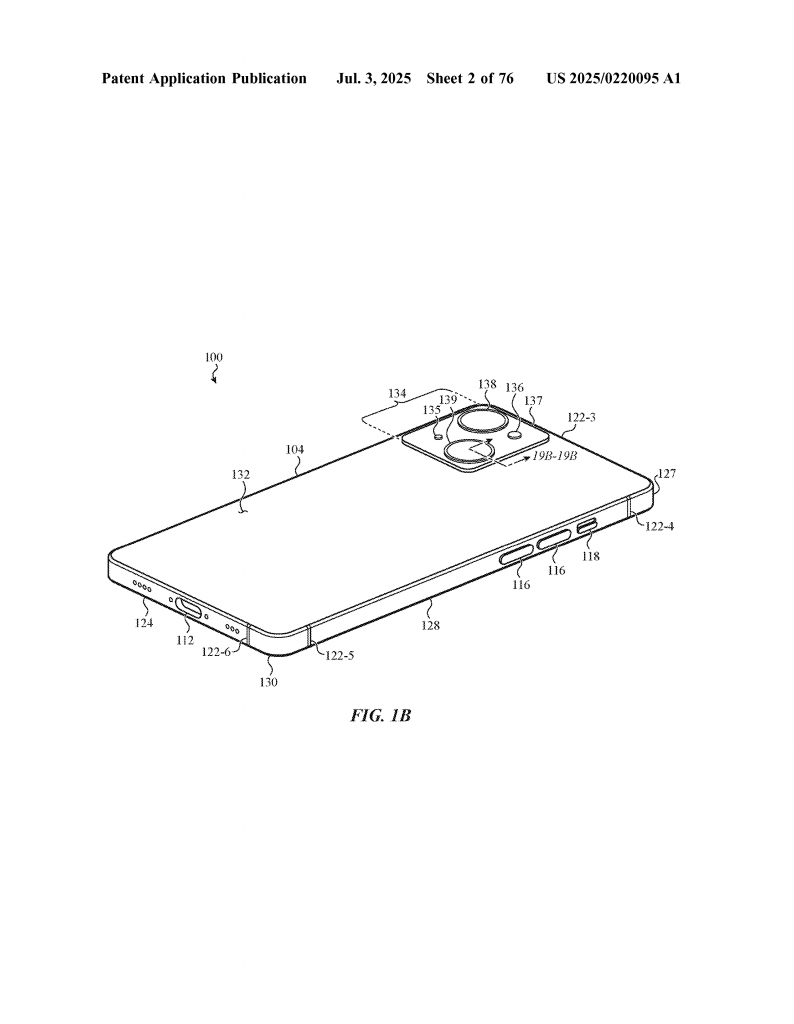
Laser-Drilled Trim Pieces: To make the phone even stronger, the cover over the speaker port is sometimes made from a single piece with many tiny holes made by a laser. These holes are small enough to stop water and dust, but big enough to let sound pass. This is better than old mesh covers, which could tear or get clogged.
Front-Facing Sensor Array: Instead of big notches or holes in the screen for the camera and sensors, the phone uses a small area or cutout. The camera, sensors for face recognition, and other parts are all packed into this small space. The screen can go right up to the edge of this area, so you get more display without losing strength or looks. Sometimes, a thin mask or coating makes this area blend in, so it’s not as noticeable.
Modular Frame and Potting: The phone uses a frame under the cover to hold the screen and other parts. The frame is sometimes molded right onto the screen and cover, which saves space and makes everything stronger. Special materials called potting compounds are put around delicate parts like the screen’s flex cables to stop them from moving or breaking if the phone is dropped.
Advanced Assembly for Water and Drop Protection: The way the phone’s parts are joined means that if you drop the phone, the energy goes to the strong cover and not to the delicate screen or insides. This makes the phone less likely to break. The way adhesives and molded parts are used also helps keep water out, even if the phone gets wet.
Camera and Sensor Integration: The patent also covers new ways to put more cameras and sensors in the back without making the phone stick out too much. The covers for the cameras are shaped so that the phone sits flat and the lenses are protected. Special trim and masking parts hide the inside parts from view and help stop light from bouncing inside and ruining photos.
Antennas in the Frame: The phone’s frame is made of several metal pieces joined by non-metal parts. These metal pieces also act as antennas for wireless signals like 5G. The non-metal joins stop the antennas from interfering with each other and help make the phone work better for calls and data.
Easy Battery Replacement: The battery is held in with special adhesives that can be pulled out for repair. If you need to replace the battery, you can do it without breaking the phone or the battery itself.
Vibration and Haptic Feedback: The phone includes a strong but small part that can make the phone vibrate. This part is shaped to fit next to the battery, so the phone stays slim. It uses magnets and coils to make taps and buzzes you feel when you touch the screen.
Flash and Sensor Modules: The flash for the camera is built into the back using a clear part that focuses the light and stops it from leaking into the camera lens, which could ruin pictures. The sensors for things like light and movement are put in places where they can work best but don’t take up too much space or make the phone thicker.
Smart Use of Space: All these ideas come together to let the phone maker put more features into less space. The phone is stronger, sounds better, stays safe from water, and looks good. Everything is packed in tight, but each part has a place and a job.
Conclusion
This patent shows how modern phones are becoming masterpieces of design and engineering. By rethinking where to put speakers, microphones, cameras, and sensors, and how to build the phone’s frame, makers can give you a device that is slim, strong, sounds great, and is packed with features. Tiny details, like a laser-drilled speaker cover or a molded frame, make a big difference in how your phone feels and works.
When you hold a phone that’s easy to use, safe from water, and full of smart features, you’re holding the result of ideas like those in this patent. Every time you make a call, take a selfie, or listen to music, the work behind the scenes—strong frames, clever sound paths, and smart assembly—makes it all possible. That’s the magic of modern patent-driven phone design.
Click here https://ppubs.uspto.gov/pubwebapp/ and search 20250220095.

